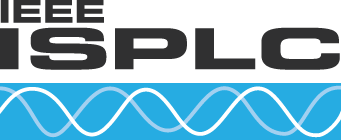| Time | October 26 (Tuesday) | Time | October 27 (Wednesday) |
| 08:00 | Registration | ||
| 08:30 | Welcome addresses | 8:30 | Registration |
| 09:00 | Keynote #1 | 09:00 | Keynote #4 |
| 09:35 | Short Break | 09:35 | Short Break |
| 09:45 | Technical Session #1 | 09:45 | Technical Session #4 |
| 11:05 | Coffee Break | 11:05 | Coffee Break |
| 11:35 | Technical Session #2 | 11:35 | Technical Session #5 |
| 12:55 | Lunch | 12:55 | Lunch |
| 14.00 | Keynote #2 | 14.00 | Keynote #5 |
| 14:35 | Coffee Break | 14:35 | Short Break |
| 15:05 | Technical Session #3 | 14:45 | Panel #2 |
| 16:25 | Short Break | 15:45 | Coffee Break |
| 16:35 | Keynote #3 | 16:15 | Recent Results and Industry Session |
| 17:10 | Short break | 17:30 | Closing |
| 17:15 | Panel #1 | ||
| 18:15 | End day #1 | ||
| 18:20 | Welcome Reception | ||
| 19:30 | TC-PLC Meeting | 19:00 | Conference Banquet |
Tue, 26 October
08:00 Registration
08:30 Welcome addresses

Lutz Lampe, University British Columbia, Canada Through the Grid Joint Communication and Sensing. |
|
Abstract: Probing the environment and teleconnecting nodes in a communication network are two usage scenarios for wave-propagation signals. Historically they have been treated separately, most prominently as radio detection and ranging (radar) and radio communication in wireless systems. A new trend referred to as joint communication and sensing sees the convergence of the two functionalities. It has attracted a lot of attention in the wireless community, as it holds the promise to create new services for users of wireless communication technology. We believe that a similar amalgamation is meaningful for communication over power lines. In particular, the through-the-grid feature of power line communication (PLC) signals makes them a natural candidate for integrating infrastructure monitoring tasks into PLC networks. In this talk, we will reflect on the notion of joint communication and sensing, considering different signal classes and environments. We will then overview the use of PLC signals for sensing tasks and compare this with classical cable-health monitoring methods. We argue that sensing tasks can be formulated as function inversion problems, which are challenging to model and to solve algorithmically. This makes machine learning based methods attractive. We will present some of our recent work in this direction, and end with some thoughts for future research. We hope that this talk stimulates discussion on the topic between academic researchers, PLC equipment vendors and power utilities.
09:35 Short break
09:45 Technical Session 1: Modulation and Signal Processing for PLC
Chair: Sicong Liu, Xiamen U, P.R. China
S1.1: Comparison Between Different Peak-To-Average Power Ratio Reduction Techniques.
Philipp Horwat, Dennis Stamm, Gerd Bumiller
S1.2: Power Line Communication for Grid Monitoring: A Prototype Based on Software Defined Radio.
Stephan F. Pfletschinger, Jens Lottermoser, Joerg Bausch
S1.3: A Simple Physical-Layer Key Generation Scheme for Power-Line Transmission.
Werner Henkel, Ha Kim, Abderraheem Turjman, Mathias Bode
S1.4: A Subcarrier Permutation Scheme for Noise Mitigation and Multi-Access in Powerline Channels.
Oluwafemi Ibrahim Kolade, Adnan M. Abu-Mahfouz, Ling Cheng
11:05 Coffee break
11:35 Technical Session 2: Noise Mitigation and Modelling
Chair: Gerd Bumiller, Hochschule Ruhr West, Germany
S2.1: PLC-xDSL Dynamic Interference Mitigation.
Andreas Engelen, Nico Weling
S2.2: Mitigation of Coloured Impulsive Noise in OFDM Receiver.
Sebastian Schaffenroth, Hans-Peter Schmidt, Alexander Koelpin
S2.3: Design and Development of a Multi Port Powerline Communication Network Analyzer for Measurements of Low Voltage Grid Components.
Axel Staubach, Holger Hirsch
S2.4: Pilot-Free Channel Tracking for In-Band Full-Duplex Broadband Power Line Communications.
Vitali Korzhun, Andrea M Tonello
12:55 Lunch

Markus Hofsaess, Team Lead of “Smart Grid Network Development” inside E.ON and Coordination of E.on Broadband Powerline rollout. (Prime Alliance)
Need of communication for process data management and a possible role of powerline – challenges of broadband powerline in electricity grid.
Abstract: Climate change and the associated need to decarbonise society have an immense impact on our industry. The energy supply companies and network operators are particularly affected by this. By replacing fossil primary energy sources, we are experiencing a dramatic change in the type and location of energy generation. In addition, the need for “clean” electricity in the lower grid levels is constantly increasing. In order to meet these requirements, the need for transparency and control options in the power grids increases considerably, especially in the lower voltage levels. This transparency, which is the basis for monitoring and controlling the networks, is only possible with the appropriate communication technologies and operating models which, in addition to adequate performance, also guarantee the security and availability of the communication networks. Broadband powerline is one of these technologies. However, as with any technology that is being used for the first time for a new purpose and on a large scale, there are still some challenges here that have to be mastered. In the presentation we will address some of them.
14:35 Coffee break
15:05 Technical Session 3: Hybrid Technologies & Machine Learning Applications in PLC
Chair. Francisco J. Canete, U Malaga, Spain
S3.1: Performances of G3 PLC-RF Hybrid Communication Systems
Alfredo Sanz, David Sancho, Jose Carlos Ibar
S3.2: A Seamless Broadband PLC-VLC Transmission: Performance Evaluation and Optimization.
Yara Yaacoub, Fabienne Nouvel
S3.3: Capacity Learning for Communication Systems over Power Lines.
Nunzio Letizia, Andrea M. Tonello
S3.4: On the New Developments in ITU-T G.hn Standard: Use Cases, Requirements, and Solutions.
George Hallak, Marcos Vazquez, Anil Mengi, Livia Rosu
16:25 Short break
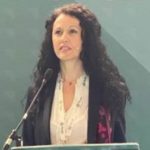
Livia Rosu, President, Home Grid Forum and Senior Strategy and Alliances Manager, Connectivity & Access Business Unit, MaxLinear Inc. (Homegrid Forum)
G.hn Technology Profiles for Industrial IoT and Smart Cities Deployments supported by HomeGrid Forum Ecosystem
17:10 Short break
17:15 Panel 1: Standardisation and Regulation of PLC
|
Gerd Bumiller (Chair), Professor of Energy informatics at Hochschule Ruhr West |
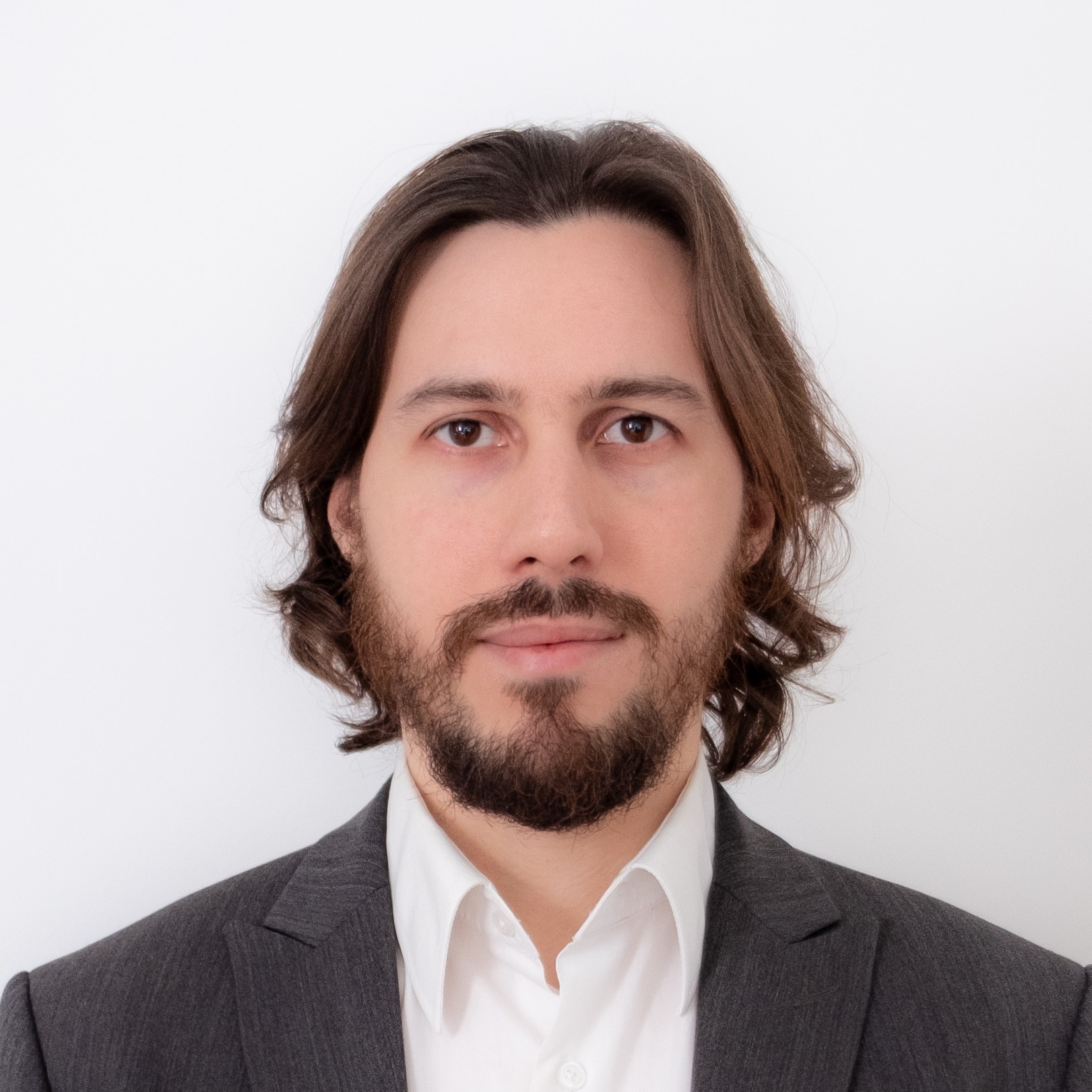 |
Cédric Lavenu, WS1 Chairperson at the G3-PLC Alliance. Expert Research Engineer at EDF-R&D. |
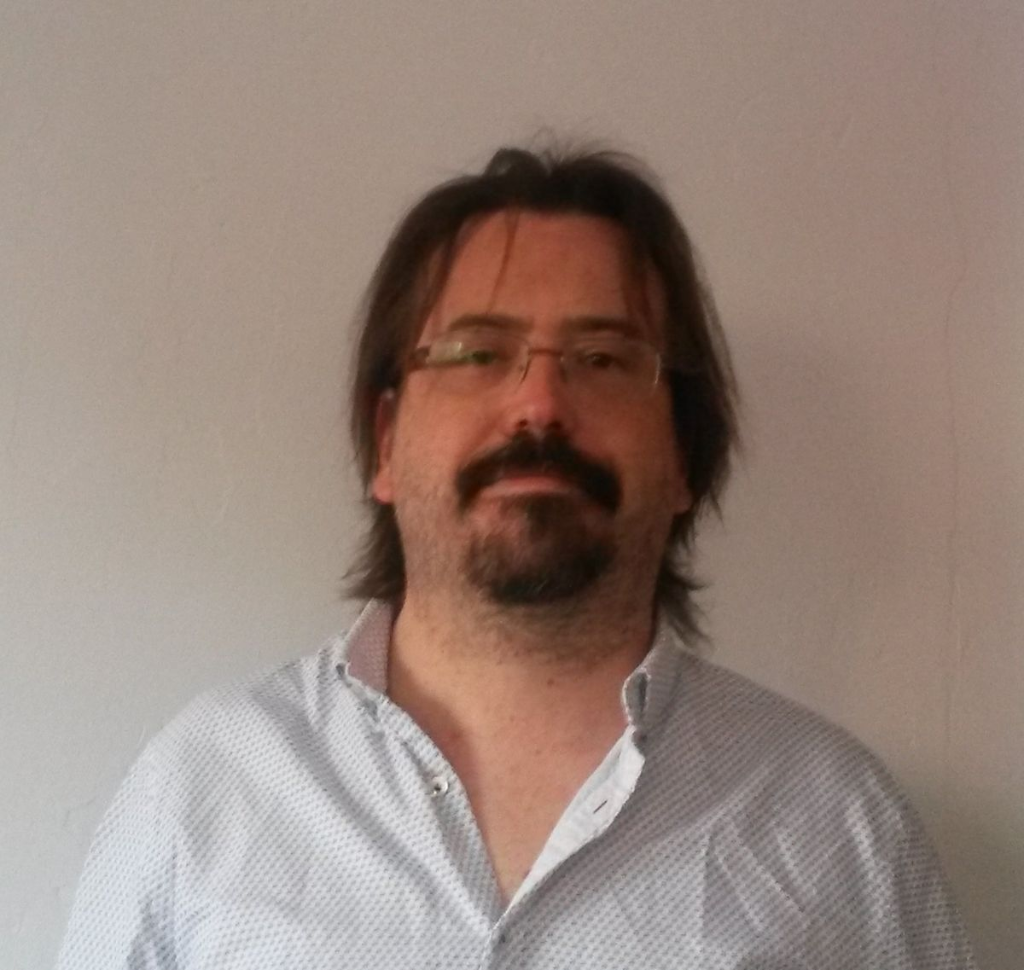 |
Marcos Martínez, Chair of Contributions WG at the HomeGrid Forum. Standards and External Cooperation Manager at MaxLinear |
 |
Scott Willy, Business Development for SmartGrid Communications at Power Plus Communications AG |
18:15 End day 1
Place: E.ON Energy Research Center
Address: Mathieustrasse 10, 52074 Aachen, Germany
Place: E.ON Energy Research Center
Address: Mathieustrasse 10, 52074 Aachen, Germany
Wed, 27 October

Andrea Tonello, University of Klagenfurt (Austria) Can Machine Learning Bring Disruptive Innovation in PLC ? |
|
Abstract: Significant innovation to power line communication (PLC) has been introduced in the last 20 years. PLC has reached high technology maturity, but moderate market penetration w.r.t. the expectations facing competition of wireless systems and the perduring (to some extent unjustifiable) criticism about its massive adoption in smart grids. The pace of innovation of PLC appears decreased, despite some recent IEEE and ITU standardization endeavors that leverage existing solutions through optimization and better customization to specific application domains. Improvements are still possible at all protocol stacks and it would be desirable they were not limited, at least in theory, by fundamental bottlenecks (which is a catchy selling point of wireless). Machine learning (ML) has powerfully penetrated many research fields including communications. It has proven to be disruptive in several domains, but the added value is still unclear when it comes to communication networks. There are two main aspects that need to be considered: a) the identification of the problems to be better solved with ML, b) the design of ML architectures tailored to communications.
In this keynote, we elaborate on both a) and b) looking at all PLC layers. Starting from the physical layer, we report recent results about learning methods for the statistical characterization of the channel response and noise in multiple conductor power lines revealing intriguing new features. Synthetic channel and noise modeling exploiting generative adversial networks (GANs) is presented. A novel methodology to learn the channel capacity (which is still unknown in PLC) exploiting the notion of autoencoders is illustrated. New modulation techniques and ML detection mechanisms are discussed. Then, moving to the upper layers, the challenge of improving routing in large PLC access networks using ML is discussed. Finally, we briefly argue on what ML can bring w.r.t. to model-based signal processing approaches for power grid diagnostics. In reference to b), we present recent work on segmented generative neural networks with data generation in the uniform probability space, which is a flexible/scalable architecture for the considered applications.
09:35 Short break
09:45 Technical Session 4: Measurements and Channel Modelling
Chair: Thokozani C. Shongwe, U Johannesburg, South Africa
S4.1: Validation of a Transfer Function Computation Methodology in the PLC Frequency Range.
Arbia Haded, Cedric Lavenu, Dominique Picard, Mohammed Serhir
S4.2: An on Line Measurement Approach for EMI Filter Characterization.
Christoph Szymczyk, Christoph Nieß, Gerd Bumiller
S4.3: Measurement of Notch Depths for G3-PLC.
Philipp Horwat, Gerd Bumiller
S4.4: Measurement Aided Training of Machine Learning Techniques for Fault Detection Using PLC Signals.
Yinjia Huo, Gautham Prasad, Lutz Lampe, Victor C.M. Leung, Rathinamala Vijay, Prabhakar TV
11:05 Coffee break
11:35 Technical Session 5: Network Layer Techniques in PLC Systems
Chair: Alfredo Sanz, U Zaragoza, Spain
S5.1: Comparative Study on Class AB and Class D Amplifier Topology for High Temperature Power Line Communication Circuits.
Martijn Duraij, Yudi Xiao, Tiberiu-Gabriel Zsurzsan, Zhe Zhang
S5.2: Planning Tool for Fast Roll-Out of G.hn Broadband PLC Access Networks: Evaluation and Field Results.
George Hallak, Marcel Berners, Anil Mengi
S5.3: Network Attack Analysis of an Indoor Power Line Communication Network.
Emmanuel C Uwaezuoke, Theo G. Swart
S5.4: Data Analytics in G3-PLC Deployments for Coverage Prediction.
Francesco Marcuzzi, Andrea M. Tonello, Cedric Lavenu
12:55 Lunch
Klaus Hueske, member of the G3 alliance’s strategic steering committee and in charge of protocol stack software development and standardization in Renesas Electronics. (G3-PLC Alliance)
Latest evolutions of the G3-PLC specifications.
Abstract: In this keynote speech, the latest evolutions of the G3-PLC specifications as published in June 2021 will be presented. In particular, a focus will be made on the enhanced broadcast mechanisms for LOADng and data traffic, as well as the recent developments related to the hybrid PLC&RF profile.
14:35 Short break
14:45 Panel 2: PLC for IoT applications
 |
Cédric Lavenu (Chair), WS1 Chairperson at the G3-PLC Alliance. Expert Research Engineer at EDF-R&D |
 |
Alberto Sendin, PLC deployment and architecture for Smart Grid applications at Iberdrola |
 |
|
 Sergio Lazzarotto, President and Executive Director at DLMS User Association
Sergio Lazzarotto, President and Executive Director at DLMS User Association
 Juan Camacho, Managing Director at Andrea Informatique
Juan Camacho, Managing Director at Andrea Informatique
15:45 Coffee break
16:15 Session 6: Recent Results and Industry Session
Chair: Eugen Mayer, PPC AG, Germany
S6.1: Industry Talk (PRIME Alliance): The new PRIME1.4 hybrid solution (PLC+RF)
Alfredo Sanz (Microchip)
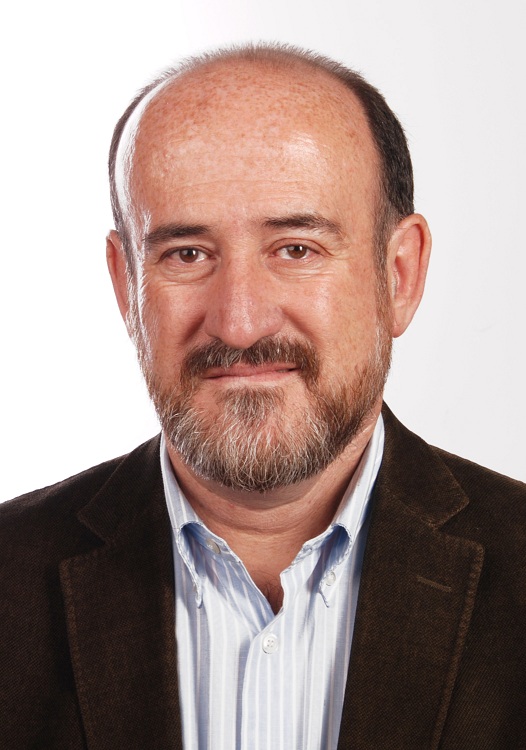
S6.2: MIMO In-Band Full-Duplex indoor PLC Systems for Relaying Networks.
Francisco J. Canete, Gautham Prasad, Lutz Lampe
S6.3: Low-Complexity Spectral Shaping Method for OFDM Signals with Dynamic Transmission Band Location.
Javier Gimenez, Jose A. Cortes, Francisco J. Canete, Eduardo Martos-Naya, Luis Diez
17:30 Closing
Place: Tivoli Aachen. Transportation will be available.
Address: Krefelder Str. 205, 52070 Aachen, Germany
Please submit your email address below and we’ll notify you when the program is updated in the coming months.
